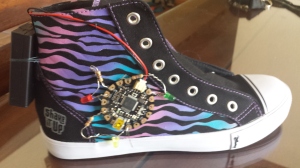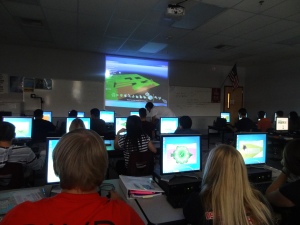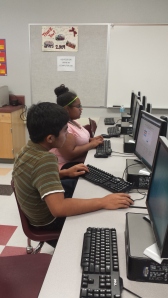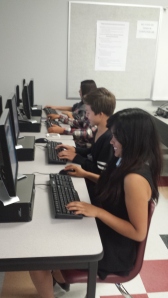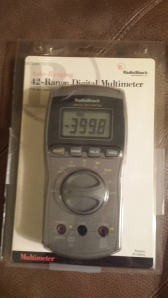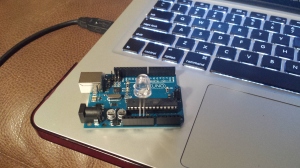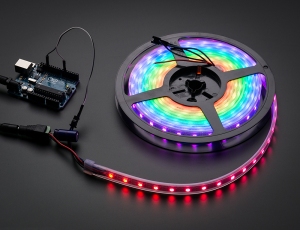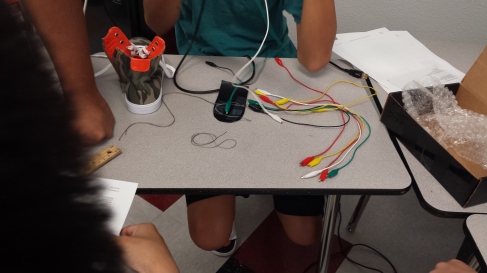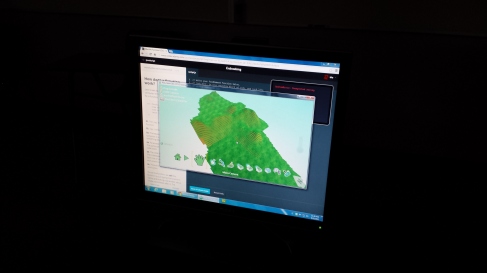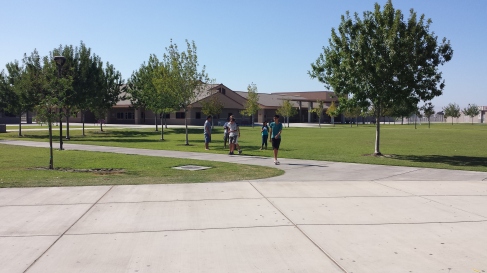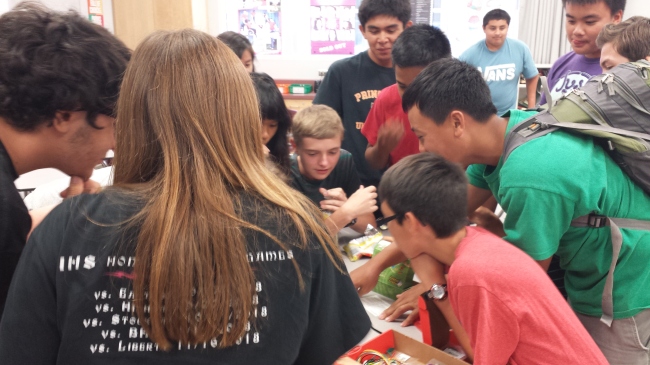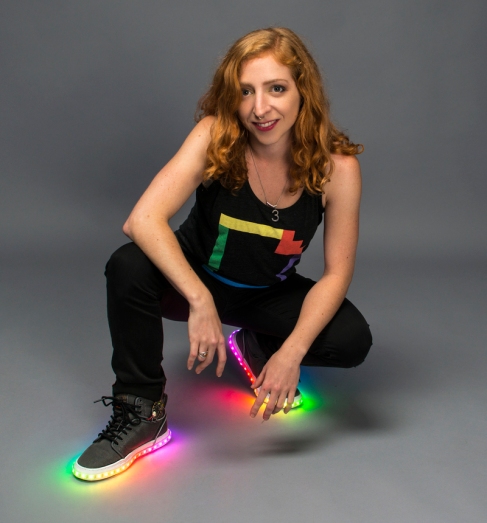After struggling through for many weeks, I finally experienced success today.
First, I realized that the Flora board program was a must because the LilyPad I was going to use didn’t have a slot for the battery. I was scared to death to plug in the Flora board to the Mac, so I started with a PC. However, afer downloading the Flora program on my PC, I realized that whether you were using a PC or a Mac, you needed to have two completely separate Arudino programs to upload the codes.
Since I had to bring a prototype to my class Tuesday, I decided to go for it. Fortunately, when I plugged the Flora board in, the on-board LED began blinking as I wanted it to! Oh, the sweet sight of success!!!
Then off to the programming and wiring the lights onto the board! After several hours of talking to Skylar on Google Hangout, I was able to program the Flora board to light up with the code below. Of course, I am even going to pretend that I knew what I was doing. Skylar had to walk me through each step! Thank you, Skylar!
Then onto wiring and sewing. Since I have never really sewed before, it was a struggle. Trying to keep the conductive thread separate AND attach the board to the shoe was not easy. I had to tape a lot of stuff to make sure I was doing things correctly. And when I stepped, the lights turned on as I wanted them to. Such happiness!

